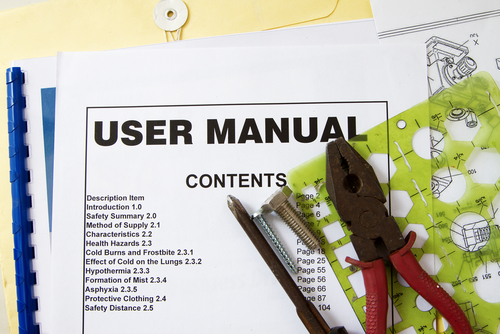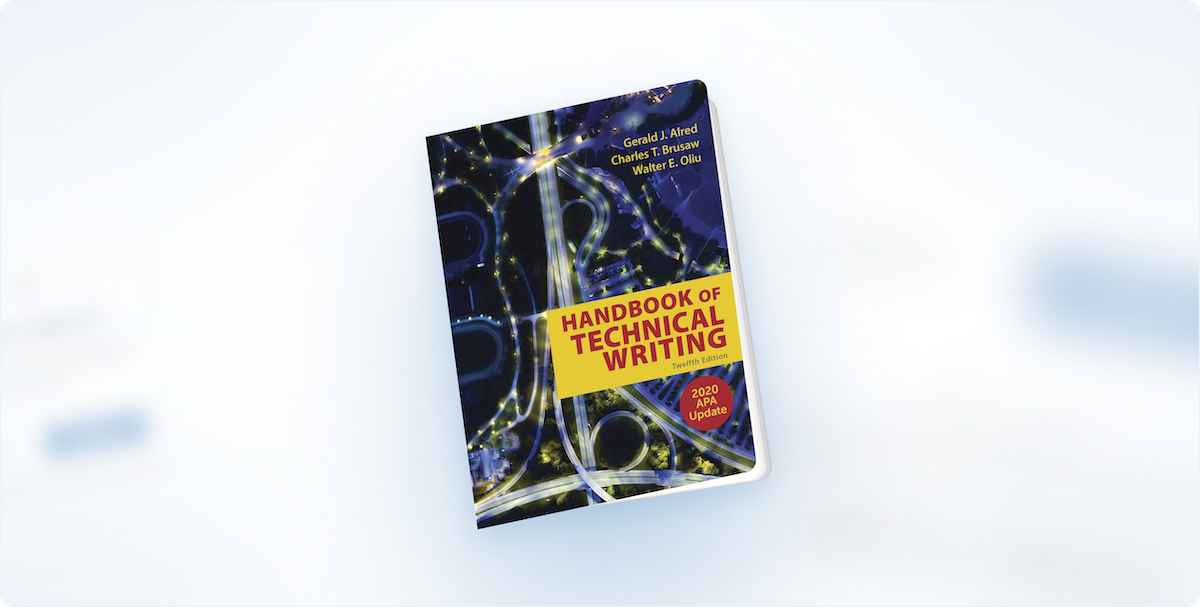It is interesting if you have ever bought new gadgets and tried to install them without going through the manual. It can be frustrating, right? Just think about driving a car, using software, following a doctor’s prescription, or interpreting a legal notice in such a situation. In comes technical writing that will help in understanding and creating these documents.
From a technical point of view, writing is all about making the matter understandable and simple. It is applied in several disciplines, touching on technology, healthcare, and business, among others, to develop materials to assist people in how to use a given product, how to process to follow in a given organization, or how to consider new knowledge.
In this article, let’s discuss what technical writing is, the various categorizations of technical writing, as well as real-life examples, and the importance of technical writing. As for the final part of the post, we also will explain some tips on how you can develop your writing skills.
Different Types of Technical Writing
When it comes to technical writing, dry manual writing comes to the minds of many people. It is, in fact, far more than that. Below are some of the technical documents you must have come across:
1. User Manuals
These are the documentation papers that accompany electronics, appliances, and other products in the market. They also describe how to install, operate, and address some problems concerning a device. We shall all be lost; this is the truth when we don’t have their support.
2. Technical Reports
A technical report is a form of writing that presents the results of research work, analysis, or study in a systematic manner. These are employed by scientists, engineers, and analysts to disseminate vital information in their respective fields.
3. Whitepapers
Official and business papers that provide information on fresh technologies, products, or business formulas are called whitepapers. These documents are usually employed to inform the customers or investors.
4. Standard Operating Procedures (SOPs)
SOPs share guidelines on how an employee should perform an affair at the workplace to ensure that the results are consistent and meet the expected standard. This means that when trials are conducted, they are done consistently, thus increasing efficiency and minimizing errors.
5. API Documentation
It is a source where developers go to understand how to interface two or more software systems for integration. It also describes how these particular programs must function.
6. Policies and Procedures
Employers develop such documents to establish conduct measures with regard to employment in their organization. They include safety measures, privacy, and company policies, among others.
These are actually all the same – all of them are aimed at making information more comprehensible and comprehensible.
Real-World Examples of Technical Writing
Now that we have elaborated on the various categories of technical writing, we can move to study some of the actual documents that you are likely to encounter in life.
1. Microsoft Windows User Guide
Every new version of Windows that Microsoft brings comes with a manual that guides the consumer on how to go about using it, addressing issues likely to arise and a detailed view of the options available.
2. Google Cloud API Documentation
Connection between applications is very important to most application developers, and to achieve this, software developers use the Google Cloud’s API documentation. It consists of examples, instructions, and the steps to follow if the solutions to some of the problems provided in the document do not work.
3. NASA Technical Reports
NASA also has various updated information on space exploration, research, and new technologies. These reports are important for a scientist or an engineer to get updates on any developments in this particular field.
4. HubSpot Marketing Whitepaper
An excellent real-life example is the HubSpot Company, which offers various whitepapers to enable commerce to understand digital marketing strategies. These documents provide detailed information on the best approach that could be adopted by various companies to enhance the use of automation in their marketing strategies.
5. Amazon Kindle User Manual
Have you been involved in Kindle purchases before? You must have come across the user manual that accompanies it. It explains how to connect and set up the device, how to use it, and what solutions can be applied in case of problems.
These examples indicate that technical writing is all around us – it assists individuals in gaining a better grasp of the utilization of products, computer programs, and assorted services in their schedule.
Why Is Technical Writing Important?
Perhaps not many people can actually find joy in technical writing, but this genre has really made a huge impact on people’s lives. Here’s why it matters:
1. It Helps Users Understand Products
If one purchases a new product, they require guidance on how to use the product correctly. It befittingly points out that if a manual or a guide is well written, then mastering the necessary information and skills is not torture.
2. It Improves Efficiency in the Workplace
SOPs and policies developed by employers guide employees on how the different tasks within an organization must be accomplished. These documentations enhance time and reduce time wastage through correcting models and expression of wrong information.
3. It Helps Businesses Grow
This is very true since every customer wants to deal with an organization that can provide detailed technical documents. Some of them can also be useful for attracting investors and business partners, such as whitepapers and reports.
4. It Ensures Safety and Compliance
In the healthcare industry and aviation industry, the maintenance of guidelines is crucial. Technical writings make sure that the companies operate within the standards of safety and compliance with the law.
5. It Makes Complex Information Easy to Understand
The diversity of potential subjects is great; some may say that a company focuses on severe issues as it may cover such industries as medicine or engineering. These concepts are much more complex, and technical writing makes it easier to break these topics.
Due to its importance in the job market, technical writing is essential in any professional field.
How to Improve Your Technical Writing Skills
Get over your writing fear if you’re to achieve improvement in technical writing, and here are the tips to help you:
1. Keep It Simple
Use clear and direct language. Carry out the general rule to steer clear of creating long and complex sentences and intricate vocabularies. The process is made deliberately conscious of the fact that anyone should instantly be capable of understanding what will be written.
2. Organize Your Information
It is advisable to use headings, bullets, and numbers when developing the document. It is crucial for the viewers to obtain the desired information from the document as easily as possible.
3. Follow Writing Guidelines
It is mandatory for the employees to adhere to writing rules according to their various fields of work. Some popular style guides include:
- Microsoft Manual of Style – Used for software documentation.
- Chicago Manual of Style – Common for business and academic writing.
- AP Stylebook – Used in journalism and online writing.
4. Use Helpful Writing Tools
Among the potential aids in writing, there are:
- Grammarly – Checks for grammar mistakes.
- Hemingway Editor – Helps make your writing clearer.
- MadCap Flare – Documentation software that the firm uses to create help documents.
5. Practice Writing Different Types of Documents
One of the most effective ways of improving is writing various forms of technical writing. Consider writing a three-step instruction and then attempt to write a report or describe the usage of an application.
Taking into consideration the indications stated above, it is possible to enhance the process of developing technical writing skills and, thus, become a better communicator.
Conclusion
Technical writing is relevant in many fields of work today as it is a common practice to create technical documentation. It plays a major role in enabling the public to get acquainted with the numerous products, services, and systems in the market. Organization’s handbooks and guides, which make reading a given information easier, including user manuals and reports.
In this article, I wanted to give brief insights into the various sub-genres of technical writing, examples, and the reasons for the relevance of this type of work. To enhance the quality of technical writing, it is crucial to highlight clarity, organization, and writing practice.
Reviewing technical documents may not be very fascinating, but they are very useful. When next you embark on a task through instructions or see instructions in some other works done by others, you should spare some time and yourself and appreciate the amount of work that goes into the preparation of those instructions.
Are you interested in starting a profession in technical writing? It is suggested that you try writing a simple how-to guide on something you know well—it’s a great way to build your skills.




Leave a Reply